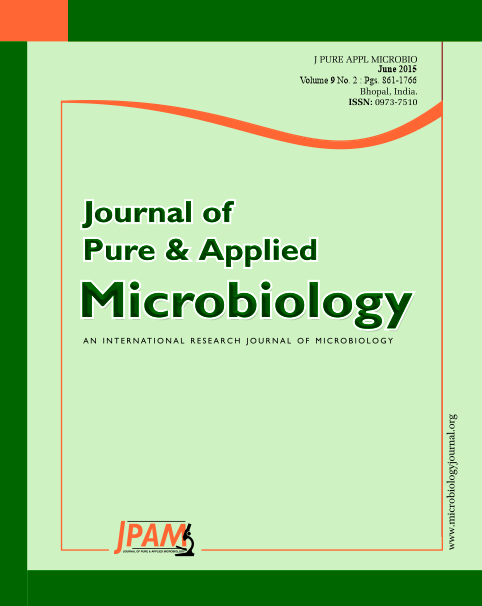Extraction of DNA from sputum samples of patients with tuberculosis is often the most time-consuming step in the entire diagnostic procedure that increases the overall time required to process a clinical specimen. Hence, there is a need to develop a quicker but efficient and cost-effective method. The present study was designed to optimize the time required for DNA extraction without compromising the final yield, purity and therefore the end result for diagnosis. Thirty-five sputum samples were collected from clinically suspected tuberculosis patients and processed using standard decontamination method. DNA from these samples were extracted using three techniques – Qiagen QIAmp DNA mini kit, HiMedia Mycobacterium tuberculosis DNA extraction kit and an In-house method (SDS, TE buffer and triton X). All the methods were assessed for yield and purity using Nanodrop followed by Conventional Nested PCR to amplify the IS6110 region.The optimum incubation period in lysis buffer for all three methods was found to be three hours, with no statistically significant change occurring in the yield and purity. The total time required for extraction was maximum for M/s. Qiagen i.e, ~ 6 h and minimum for in-house method ~ 3.45 h. In-house method was also found to be the relatively inexpensive. The in-house method of extraction was found to be the quickest and most cost-effective. However, the time consuming and laborious preparatory procedures may increase the chances of manual error, especially in laboratories with high sample load.
Mycobacterium tuberculosis (MTB), DNA extraction, PCR, yield, purity
© The Author(s) 2015. Open Access. This article is distributed under the terms of the Creative Commons Attribution 4.0 International License which permits unrestricted use, sharing, distribution, and reproduction in any medium, provided you give appropriate credit to the original author(s) and the source, provide a link to the Creative Commons license, and indicate if changes were made.


